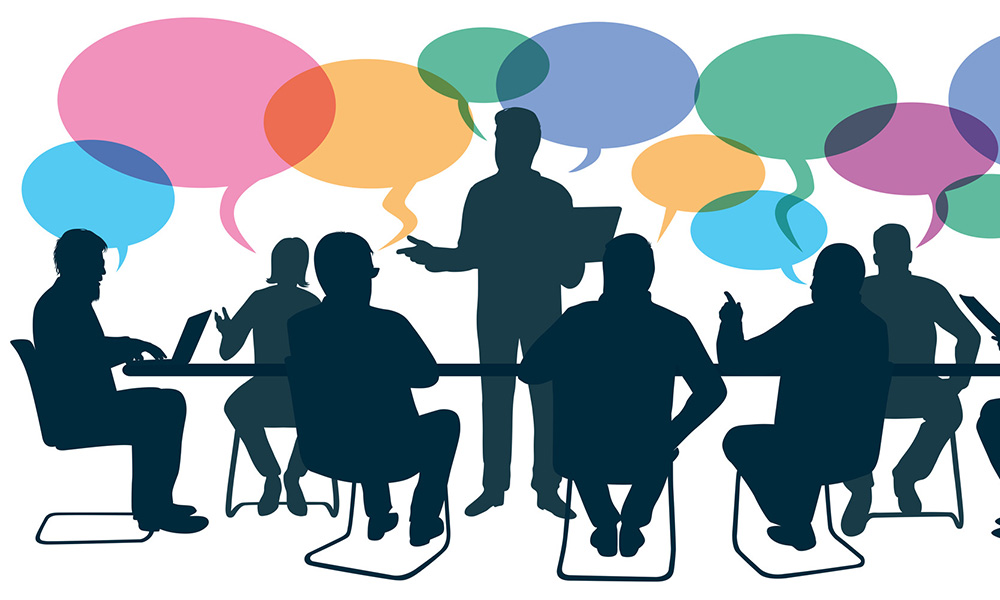I recently came across jugyokenkyu, a technique used to improve teaching and learning in Japanese schools. In Japanese, “jugyo” means teaching and learning, and “kenkyu” means research. Hence, jugyokenkyu means the research of teaching and learning. In other words, lesson study. This is a comprehensive process that enables teachers to reflect on their work and its impact, and to target specific improvements in their lessons. Best of all, every teacher benefits from the support and contributions of their colleagues.
In her article, A different approach to teacher learning: Lesson study, education correspondent, Emily Hanford explains how lesson study works:
A group of teachers comes together and identifies a teaching problem they want to solve. Maybe their students are struggling with adding fractions.
Next, the teachers do some research on why students struggle with adding fractions. They read the latest education literature and look at lessons other teachers have tried…
After they’ve done the research, the teachers design a lesson plan together. The lesson plan is like their hypothesis: If we teach this lesson in this way, we think students will understand fractions better.
Then, one of the teachers teaches the lesson to students, and the other teachers in the group observe. Often other teachers in the school will come watch, and sometimes educators from other schools too. It’s called a public research lesson.
During the public research lesson, the observers don’t focus on the teacher; they focus on the students. How are the students reacting to the lesson? What are they understanding or misunderstanding? The purpose is to improve the lesson, not to critique the teacher.
Instead of keeping best practices siloed, jugyokenkyu opens up pathways for co-workers to exchange knowledge with one other. Japanese schools believe that teachers can (and should) learn to be better. But instead of simply asking “Is this teacher effective?”, they also ask “Are these methods effective?”.
They shift the focus from teachers, to teaching.
As I read more about the concept, I realised how it could also be very useful for us in the corporate world. So, this week my message focuses on the collaborative practice of jugyokenkyu and how it can support us in terms of learning and feedback.
Catherine Lewis, a senior research scientist at Mills College, explains lesson study through a corporate lens:
Lesson study, for people who are familiar with business, is somewhat similar to the process of quality circles, where a small number of people who do the same work regularly meet to analyse their work and think about how they can improve it.
Here are some ways you can apply lesson study at work:
1. Together, find your goal
Start by sitting down with a few colleagues to think about your work, your teams, and your department. What are some issues that all of you are grappling with? What improvements do you want to see? Once you identify a common goal, brainstorm ways to achieve it and design a plan together.
2. Pilot
One person can then “pilot” the solution; the others should observe wherever possible, either in person or through data. What’s working, and what isn’t? Regroup to exchange feedback on how the plan can be strengthened. Notes for improvement must focus on the methodology, rather than the colleague who tested it out. This is the really powerful part, which moves past any typical pitfalls of criticism or a blame game.
3. Iterate and reiterate
Keep in mind that jugyokenkyu goes on for weeks or months, with multiple rounds of testing, observation and feedback. In this sense, it’s almost like a scientific process. Don’t expect instant answers and instant results. The idea is to slow down; take the time to reflect, discuss, plan and rethink. When the group reaches a solution that everyone is happy with, that’s when it’s time to put the plan into practice.
4. Keep learning
Even at the implementation stage, you can continue to draw on each other’s experiences. (The challenges that come up are bound to be slightly different than those in the pilot stage.) As Hanford explains, professionals often learn great new ideas at ad-hoc workshops and training programmes, but find it difficult to practice these without sustained support. When new questions come up, there’s no one to ask. The shared experience created by jugyokenkyu solves this problem.
5. Stay connected
Not only does the practice of jugyokenkyu drive professional development, it also prevents us from becoming isolated. Through it, we stay connected with each other over a long period of time, in an environment of intentional cooperation. This is a huge benefit. When Lewis asked a teacher what the biggest advantage of lesson study was, here’s what she said:
The talk around the water cooler has really changed. We used to hide it when we had a failure. And everybody has failures in teaching. But we used to hide them. And now, we’re perfectly comfortable saying, ‘You know, I don’t have a good way of teaching division with remainders. What do you do? Can I come see it in your classroom?’
So, why not set aside some time with your colleagues and find an area where you can try out jugyokenkyu? As always, I look forward to your thoughts.








Comments